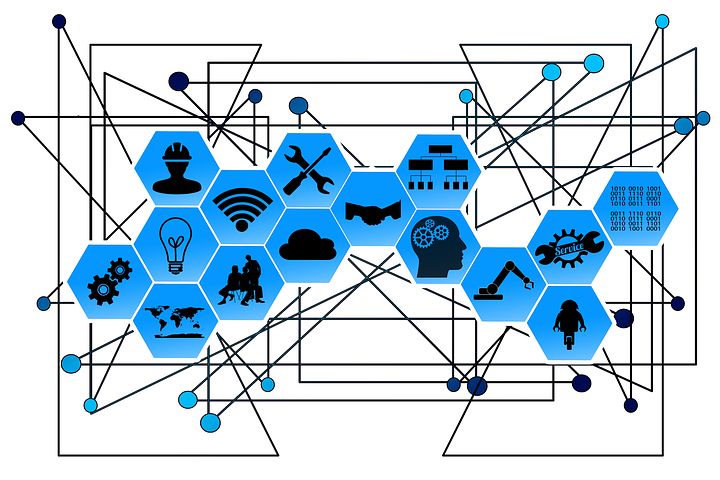
The term is not at all a new trend or technology. Previously known as pervasive computing where due to technological advancement and cost feasibility the trend of embedding computational capabilities into everyday objects. This makes them effective in communication as they are network interconnected and performing activities of the end users without a centralised system.
Ubiquitous computing integrates via different devices, industries, environments, applications (e.g. wearable devices, appliances, fleet management, sensors). The goal of it is to make devices “smart” in the form of creating a sensor network capable of collecting, processing and sending data via the context and activity that it is under.
We had seen first phases of such capability involving wireless communication and networking technologies, mobile devices, and RFID tags. With the exponential advancement in internet capabilities, usage of voice recognition and artificial intelligence, the growth and adoption of embedding ubiquitous computing significantly increases now often associated and known to be the internet of things (IOT)
Gartner predicts approximately 8 billion connected objects to be use by the end of 2017 and it appears to be growing. In order to cope with the growth of IOT a heavy incorporation of artificial intelligence (AI) fueled autonomy will be required. An AI-driven era of IOT becomes the key building block to herald an increasingly seamless experience and hyperconnectivity as users and their digital counterparts concurrently transpose from one medium/device to another, between multiple environments, the physical and digital ecosystem.
